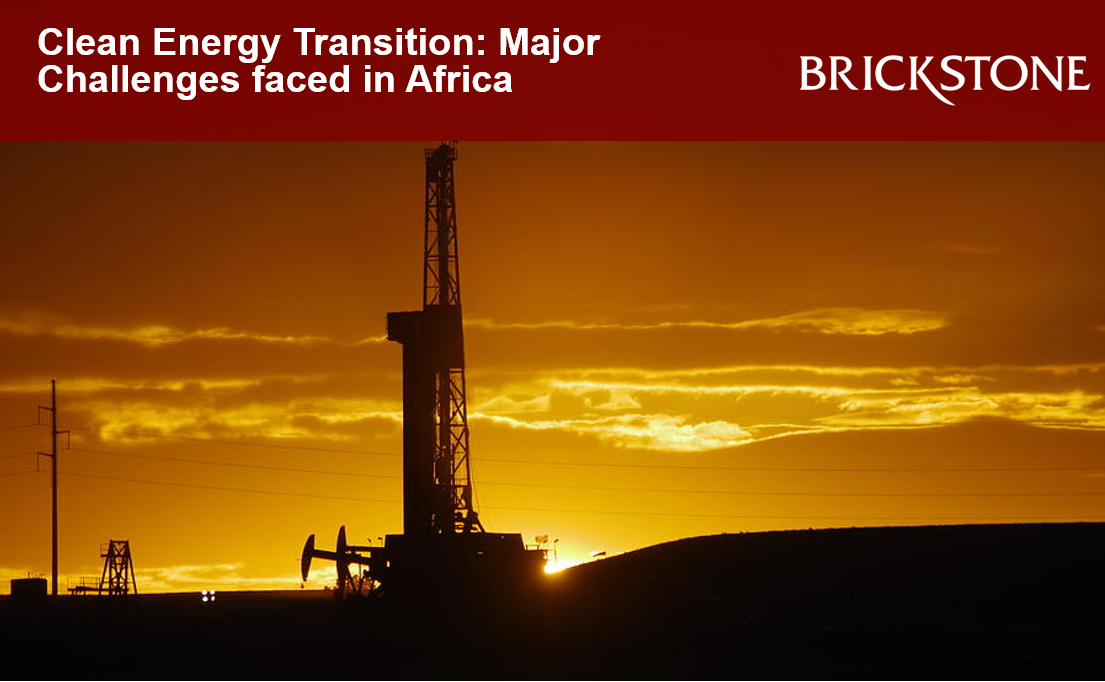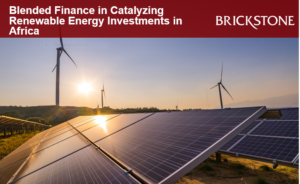Clean Energy Transition: Major Challenge Faced in Africa
Clean Energy Transition in Africa: Major Challenges Faced
Over the years, research findings have shown that greenhouse gas concentrations, sea level rise, ocean heat and ocean acidification are the four key climate change indicators. This further reflects that human activities are the key drivers causing these planetary-scale changes on land, in the ocean, and in the atmosphere, with dramatic and long-lasting ramifications.
Fortunately as a way forward, climate change experts have over the years identified and recommended various solutions to curb this situation. Core to these solutions is reducing greenhouse gas emissions generated from fossil fuels, which must get to zero as soon as possible.
According to the World Economic Forum, achieving this objective requires substantially lowering fossil fuel use through a clean energy transition. This transition is not only key to tackling climate change but also the achieving of sustainable economies. Continents across the globe, including Africa, have taken various steps towards leading the clean energy transition.
This article by Brickstone reviews some institutional reports and publications on the major challenges in reaching a clean energy transition in Africa.
Clean Energy Transition in Africa
According to the IEA, Africa is already one of the regions of the world most affected by climate disorders and is home to one-sixth of the global population. Yet, it accounts for less than 6% of global energy consumption and 2% of cumulative global emissions. Furthermore, the continent faces a parallel imperative of extending electricity access to hundreds of millions of citizens who are currently deprived of it, which would stimulate economic growth and help attain sustainable development goals.
At the same time, this clean energy transition in Africa will lead the continent towards fulfilling the Paris Agreement and limiting the rise in global temperature to 1.5°C. According to the IEA, the continent’s geographic diversity holds huge potential for solar and wind power, and its soils are home to many of the minerals and rare earths needed for clean energy technologies.
A renewables-based energy transition promises to deliver vast socio-economic benefits to countries across Africa, improving energy access, creating jobs and boosting energy security. To realise these benefits, African countries have an opportunity to leapfrog fossil fuel technologies to a more sustainable, climate-friendly power strategy.
As of today, several African countries have shown firm commitment towards accelerating the use of modern renewable energy and are leading energy transition efforts. For example, countries like Egypt, South Africa, Kenya, Namibia and Ghana have shown great progress in the development of their solar energy markets over the recent years. Also, some have already succeeded in making steps necessary to scale up renewables, such as adoption of support policies, investment promotion and regional collaboration.
Major Challenges Hindering Clean Energy Transition in Africa
The clean energy transition in Africa would increase energy security, create green jobs, and support key developing outcomes such as improved healthcare and education, whilst curbing the rising carbon emissions and enhancing Africa’s resilience to climate change impacts.
Despite the immense promise of the clean energy transition in Africa and collaborative efforts made towards realizing them, countries have been faced with major challenges hindering the full leverage of the change. The following are the major setbacks faced towards the clean energy transition in Africa:
Finance & Investments: IRENA’s report shows that Africa has the potential to install 310 gigawatts of clean renewable power—or half the continent’s total electricity generation capacity—to meet nearly a quarter of its energy needs by 2030. The same source further estimates that Africa will require an average annual investment of $70bn, resulting in carbon-dioxide emissions reductions of up to 310 megatonnes per annum in order to meet this goal by 2020. Unfortunately, African countries, which are mostly low-income economies, have limited financial resources in either the public or private sectors to fund investments at the required scale.
Level of Infrastructure Deficit: Many African countries have inadequate grid infrastructures designed to accommodate conventional energy sources, resulting in high electricity losses and low supply quality, among other issues. This is also a barrier to the clean energy transition in Africa. According to OPAEN, strengthening national and regional transmission and distribution system.Generation capacity must be developed in tandem with transmission and distribution interventions and regional interconnections. Enhanced power system flexibility will be key to the integration of higher shares of variable renewables.
Human and Technical Capacity: The human and technical requirements of green energy production ranges from highly skilled, technical elements (research and development, manufacturing), to medium and low skill elements (operation and maintenance). According to Africa Portal, African countries face technical and human capacity challenges across this spectrum.
Domestic Policies and Politics: Fossil fuels are subsidised in a number of African countries, which encourage its ongoing use. Some renewable energy sources, like hydropower, are shared resources and could be of limited use for energy generation where intense competition exists with other sectors or among countries. For example, Ethiopia’s ambition to build Africa’s largest hydroelectric power station through the Nile River is faced with alternative use of the water resources for agriculture and other purposes in Egypt. This illustrates that to some extent, green energy development requires cross-country coordination and regional development planning to be effective.
Multiple Sovereignties: This is one of the major challenges faced towards clean energy in Africa. According to ICM, Africa consists of 54 countries and its natural resources transcend boundaries. Egypt and Ethiopia are already at loggerheads because the filling of the Great Renaissance Dam started ahead of any agreement between the two countries and Sudan. Persuading multiple countries to work together for the common good is a monumental task, although the continent’s excellent and coordinated response to COVID may offer both the template and the impetus to achieve this.
Read more here.






